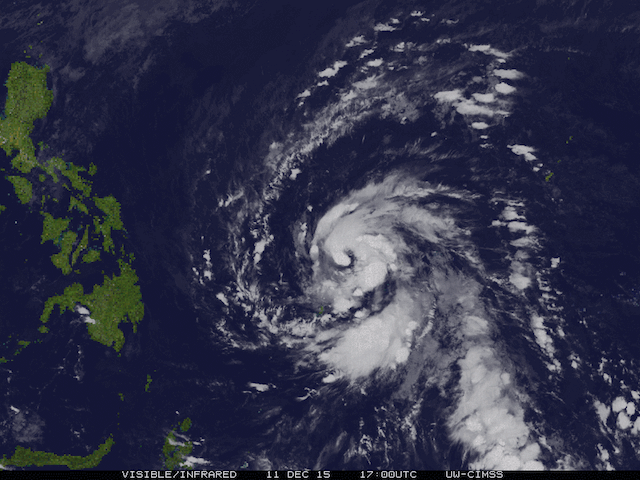SUMMARY
This is AI generated summarization, which may have errors. For context, always refer to the full article.

MANILA, Philippines – You read on the news that a heavy downpour is expected in your area. Do you know how to prepare for it?
As a tropical country, the Philippines has only two “seasons” – it’s either summer or rainy. We’re also visited by an average of 20 typhoons yearly, which makes the rainy season an experience Filipinos are used to.
Flooding would seem to be a normal occurrence for some. But what should we do in case of flooding incidents? How should we prepare for it? (QUIZ: Will you survive a world severely battered by climate change?)
In an interview with Rappler, Project NOAH executive director Mahar Lagmay gave tips on how we can prepare for floods:
Be updated with storm signals

Lagmay said that if a storm is coming, be sure to check whether it will hit your area.
“But even if your location is far from the eye of the storm – where the downpour is the heaviest – it does not mean that you shouldn’t prepare for it,” Lagmay said in a mix of English and Filipino.
As storm signals change, he added that those who will be affected must continously be up to date with the latest forecast.
Check the hazards
If heavy or continuous raining is expected in your area, Lagmay recommended to know the hazards in your area. Know if your area is flood-prone.
He added that landslides can also happen due to continuous raining, making it also important to check whether your area is landslide-prone. He said hazard maps are available on the NOAH website. (READ: Philippine hazard maps online)
Alternatively, the map below shows areas in the Philippines that are susceptible to floods and flashfloods. This map is based on the shapefile versions of hazard maps produced by the Mines and Geosciences Bureau.
Areas that are in violet have high susceptibility to floods while light yellow areas have moderate to low susceptibility.
Evacuate if needed
If you already know that your area is susceptible to floods, evacuate if needed.
Lagmay advised to seek a safe place clear from related hazards or stay in evacuation centers prescribed by the local government. (READ: #FloodPH: Is it flooded in your area?)
Those who are traveling and may be caught in the middle of the storm must also seek a safe place.
“Safety first before anything else because the incident may claim lives,” he said.
Think in advance
Lagmay said that it’s always important to prepare for unexpected events. He added that preparation shouldn’t be done in the last minute.
“Preparation is not done in the last minute. You need to listen. It’s a combination of warnings by the government and necessary action by the community about it,” he said.
Lagmay acknowledged that some Filipinos don’t follow government warnings. (WATCH: Woman keeps her dogs safe during Urduja)
“Sometimes, if we tell them to watch out for flooding or landslides, they are desensitized with the information. Now, you need to be hazard-specific, timebound, and provide real-time information on top of the forecast information,” he said.– Rappler.com
Add a comment
How does this make you feel?
There are no comments yet. Add your comment to start the conversation.